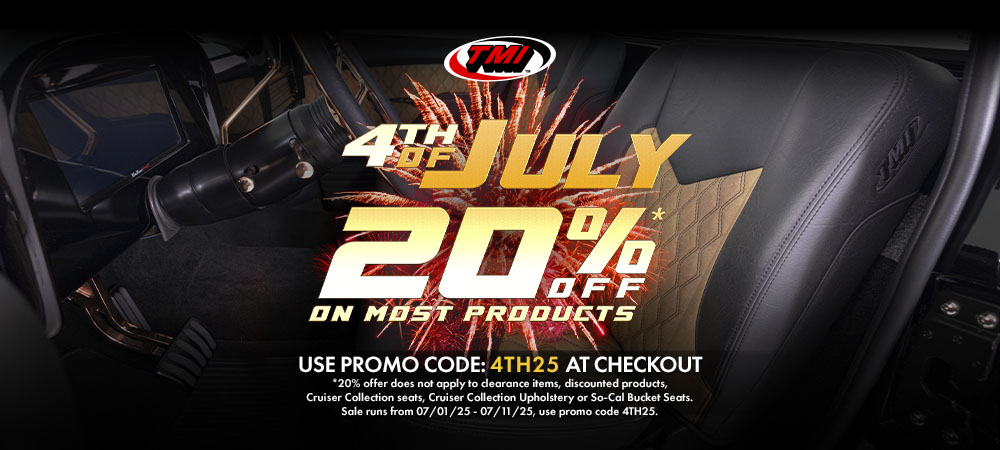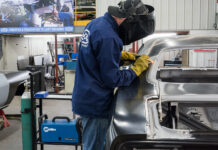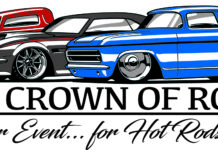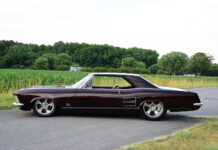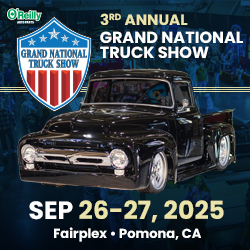Keeping The Analog With A Modern Gauge Cluster
By Ron Ceridono – Photography By Cody Barnes
At one time, old-timers (read Brennan and Ceridono) applied the term hot rod to vehicles produced before or shortly after World War II that had been modified to increase performance. However, as time has passed, the term hot rod has come to have a broader definition and is often being applied to many later cars that have been “hopped up.” Is the change in definition due to the lack of raw materials, as earlier cars have become harder to find? Could it be something as simple as later model cars are more affordable to buy and modify? This brings up the question, could something like a G-body Monte Carlo SS with performance-oriented modifications be considered a hot rod, or should we say a modern rod? Let the conversation begin.

Popularity of G-Body Monte Carlo SS as Modern Rods
The ’78-88 Chevrolet G-bodies, including the Monte Carlo, El Camino, and Malibu, were some of the last cars to be built on a muscle car–style chassis—that is, a traditional front-engine, V8 engine with rear-wheel-drive platform, while most mid size cars had transitioned to front-wheel drive. As G-bodies are available and affordable, interest in these vehicles has grown, which has prompted companies like Detroit Speed & Engineering to develop high-performance front and rear suspension and steering components along with LS engine mount adapters and transmission crossmembers for overdrive automatics and five- and six-speed manual transmissions.
Read More: Ford Model A Roadster Pickup With Flathead Fever

Classic Instruments’ Retrofit Analog Instrument Panel
Recently, Classic Instruments introduced a retrofit analog instrument panel for ’78-88 Chevy G-bodies (and ’82-87 GMC Caballeros) for the hot rod minded. It includes an electronic speedometer, tachometer, clock fuel, temperature, oil pressure gauges, and a voltmeter. It is available with or without a gear indicator for three- or four-speed overdrive automatic transmissions. The kit has all the necessary senders, a wiring harness, and a new acrylic lens for the gauges. New sockets and LED bulbs for the original high beam indicator and check engine lights are also included.

Pre-Installation
The vehicle’s battery should be disconnected before removing and replacing the instrument cluster. When the new gauges are installed, Classic Instruments recommends using a dedicated power source to eliminate the possibility of a “noisy” power source that could cause erratic readings.
Read More: Hellcat Swapped 1968 Dodge Charger

Calibrating The Gauges
The speedometer is programmed with the included calibration button once the gauges are in place and the wiring is connected. Classic Instruments’ Zeus Speedometer Technology allows three methods of calibration: using a GPS reference, a pace car, or traveling over a measured mile. The tachometer is calibrated using the same button.

Modification Of The Housing
Installing the Classic Instruments gauge cluster requires trimming the inside of the original gauge housing, but nothing a hot rodder can’t handle. The original speedometer cable is removed and tossed out, and that’s the extent of the modifications necessary to install the new instrument cluster.

Temperature and Oil Pressure Senders
New temperature and oil pressure senders must be installed for the new instruments to function properly. As these senders ground via the threads, Teflon tape should not be used on either sender. Both senders use tapered pipe threads, which are self-sealing. However, supplemental copper-based sealant may be used as it will still provide good ground.
Read More: Parting Shot: 1987 Grand Prix Project “G-Force One”

Classic Instruments’ G-body instrument panel comes complete with no other parts required. The new gauges look great, are easy to read day or night, and provide unmatched accuracy. Just what you want, a dash with class for a modern rod. MR













Source
Classic Instruments
(800) 668-9216
classicinstruments.com
Click on this issue’s cover to see the enhanced digital version of Classic Instruments Analog Gauges For G-Bodies.















